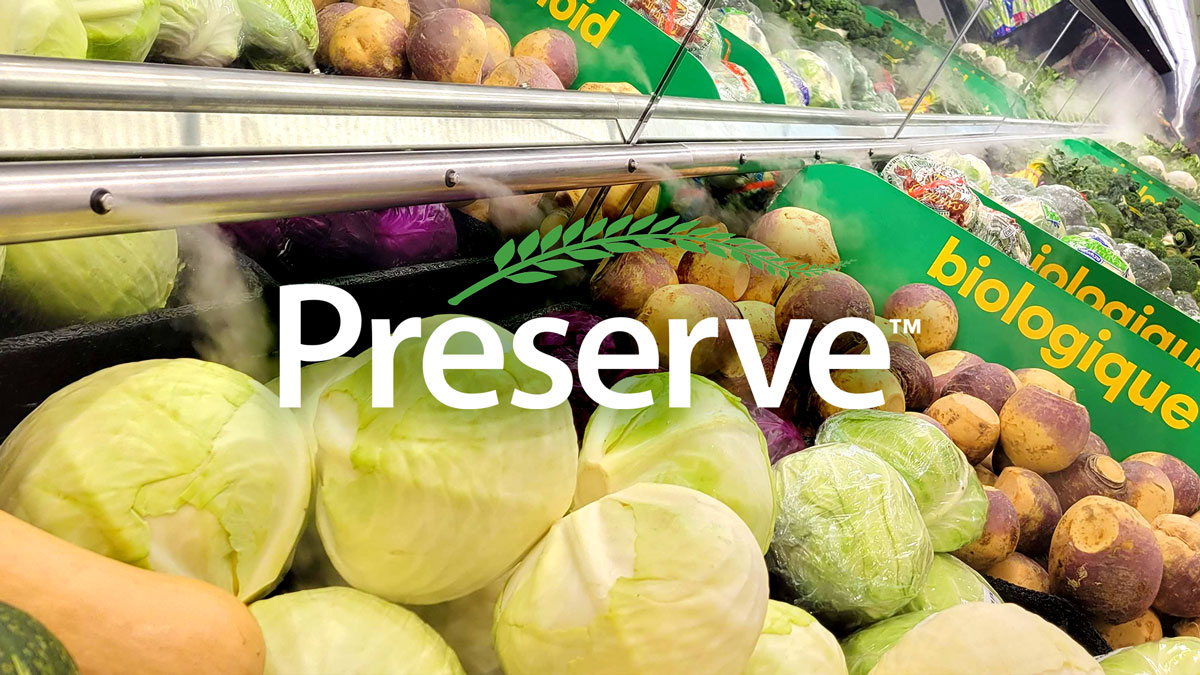
Revolutionizing Food Safety: The Préserve System’s Closed Approach to Perishable Preservation
The Préserve perishable preservation system by Corrigan Corporation is a revolutionary advancement in the realm of food safety and quality maintenance. This system, which leverages a closed plumbing architecture, ensures that a ‘clean fog’ is generated without exposure to the external environment, thus significantly surpassing health department requirements. The integration of Corrigan’s TriOBreeze™ activated oxygen system, which automatically sanitizes the internal mechanisms, the case, and its contents, is particularly noteworthy. This process has been validated to effectively reduce the presence of harmful pathogens that could otherwise spoil perishable goods.
Understanding the advantages of a closed system begins with recognizing the risks associated with open systems. An open system, by nature, allows for the exchange between the inside of the system and the external environment. This means that contaminants present in the environment can easily enter the system and compromise the quality of the contents, whether they be food products, pharmaceuticals, or any other perishable items. In contrast, closed systems are designed to be sealed off from their surroundings, which is a principle that originates from the pharmaceutical and medical device industries where the highest standards of hygiene and contamination prevention are a necessity. This is succinctly outlined in the FDA’s Good Manufacturing Practice (GMP) regulations, which emphasize the use of closed or contained equipment to minimize contamination risks.

The importance of minimizing contamination risk cannot be overstated, especially when it comes to perishable goods. Contamination can lead to the proliferation of bacteria, molds, and yeasts, which not only degrade the quality of food but can also lead to foodborne illnesses. The Centers for Disease Control and Prevention (CDC) estimates that each year roughly 1 in 6 Americans (or 48 million people) gets sick, 128,000 are hospitalized, and 3,000 die of foodborne diseases. By adopting a closed system for perishable preservation, the Préserve system aims to significantly lower these statistics.
Moreover, the use of closed systems in food preservation aligns with the increasing consumer demand for food safety. A study by the Food Marketing Institute (FMI) found that 93% of consumers say it is very important to choose foods that are produced in a food-safe environment. The Préserve system not only meets this consumer demand but does so by using advanced technology that ensures ongoing sanitization and quality control.
Economically, the Préserve system’s approach to contamination minimization also has significant implications. Food waste due to spoilage is a substantial issue, with the United Nations Food and Agriculture Organization (FAO) reporting that approximately one-third of all food produced for human consumption is lost or wasted. By maintaining the integrity of perishables for longer periods, systems like Préserve can reduce waste, thereby contributing to more sustainable consumption patterns and providing economic benefits to producers, retailers, and consumers alike.
In conclusion, Corrigan’s Préserve perishable preservation system represents a symbiosis of health compliance and technological innovation. Its closed system design is a testament to the importance of contamination control in preserving the integrity of perishable goods. As consumers continue to place a premium on food safety, and as industries seek sustainable solutions to minimize waste, the Préserve system stands out as a forward-thinking approach to meeting these challenges.

